Recent hot weather has seen a number of almost fledged birds and babies leave the nest seeking a drink or a cooler spot. Sydney Wildlife volunteers state they have been recording a lot of calls for birds found on the ground, still unable to fly out of harm's reach.
An almost fledged Magpie was found adjacent to the PON yard this week, just about to be bitten by two dogs in the yard it had landed in. Rescued, advice was sought on what to do, with Sydney Wildlife instantly helping out.
As the magpie was saved before it was bitten and uninjured the priority becomes keeping it calm and cool and hydrated and near the parents, so it is not stressed and they know where it is and can feed it.
Put it in a cardboard box (they can hurt themselves in receptacles like cat cages) and up off the ground in either a tree o atop your garden shed where no cats or dogs can get at it and it's safe - make sure you choose a shady spot. If there's a tree above this that is ideal as the parents can perch there and keep on eye on it, carolling to it.
Put a shallow small dish of water, say a bottle top, in the cardboard box.
DO NOT put water down the birds throat with a dropper or by any other means - you can cause it to asphyxiate and drown.
To help the parents, put water out for them nearby, so they can feed that to the bub and also soak some dog or cat kibble in water until it's mushy and put that where the parent birds can get it and feed it the junior escapee.
Wildlife volunteer carers state at kibble with no fish in it is slightly better as there is more protein in it.
At night you will need to close the box up so the bird is kept safe, but they go to sleep at dusk and will not wake up until it's beginning to get light. We saw the parent birds staying near the box 'nest' until dark and then they were back up, like us, as it became light again.
Birds that are almost fledged will only need to be kept safe for 2-3 days as they will soon be able to fly enough to keep themselves off the ground and following mum and dad around, calling for more food. They will take off.
The next day, the magpie we rescued was soon sitting on the shed roof with a parent bird, and after a half hour of grooming it's still small but strong enough wings, the pair flew off, back to the nest and the trees surrounding this.
If you can keep the baby birds, and almost fledged birds, near the parents they will do much better and wildlife carers won't have to try and work out where the parent birds are when they're trying to reunite them.
If the parents birds aren't feeding the bub (they need to be fed every half an hour at that age) then a wildlife carer will need to collect the bird as it needs specialised food and care.
Our yard is home to fledging Butcher birds, lorikeets, the magpie family, a tawny frogmouth pair, galahs, corellas and sulphur crested cockatoos at present. The Australian figbird pair have returned again too this year.
All of these have been living here for decades, generation after generation, and most produce 2 young each year. Their calls for food can be heard from before sunup until dusk.
.jpg?timestamp=1764993307704)
a fledging Rainbow Lorikeet - one of two sets of birds that have had bubs this Spring-Summer - they too are learning to fly and although a little clumsy, can keep themselves off the ground
So, it's a busy time of year for all the permanent yardbirds that live here, and although the little bugger kept getting out of the box and back into danger, it's good to have one win until it was ready to fly up and out of where it may be attacked.
We'll still be keeping an eye on this bird to make sure it's ok, and stays safe.
If you can keep them safe and keep them near their parents until they can fly enough to keep themselves safe, the rest will come in time.
.jpg?timestamp=1764991123146)
we initially put the cardboard box on the ground in the shade so the parents birds knew where it was - our dog is kept indoors on days like this where it's cooler -one of the parent birds can see their errant child in the box, the gap also allowed them to feed it that way:
.jpg?timestamp=1764991332007)
We put out dog kibble, which we have here for our dog, into a bowl and covered it in water; this was soon oaked up making for a mushy mix the parents could get out and feed to their fledgings; the two parents both did this, along with feeding it small lizards and moths, as well as flying off to feed their second fledging with this - a cool shallow dish of water which was kept that way - clean and cool - is placed alongside this food dish - we repeated topping up the food first thing in the morning and later on, and had to move it to keep it out of the hot sun.
We also kept well back, so as not to stress the bub or it parents, while keeping an eye on it to make sure it was safe:
.jpg?timestamp=1764991903407)
The little bugger kept getting out - after the third time, when it had got out of the box and had to be rescued from the dogs next door again, and as it was towards later afternoon, its 'nest box' was put back up on the garden shed roof and the flaps almost closed so mum and dad could still see and feed it, but it couldn't get out until the next morning.
.jpg?timestamp=1764992336381)
.jpg?timestamp=1764993446785)
back in the yard where it would have been killed - the parent birds were actually diving on the dogs on either ide of the rescuer, trying to keep them distracted while I got it back next door and into its box
We used hockey straps attached to each corner of the box and the nearby trees and shed roof to secure it, just in case the wind came up at night.
The parent birds had trees directly above the nest box they could sing to the fledging from, as well as others higher up to watch their other bub. They were quite relaxed about taking over the shed roof:
.jpg?timestamp=1764992057606)
Time to fly: as JM from Sydney Wildlife explained, birds coming down are only 2-3 days away from being able to flap enough to get themselves off the ground and into lower branches of trees, where they will walk upwards and even move themselves, small flap by small flap, back to the nesting tree and nest.
A lot of them will come down out of the nests when they're too hot - seeking somewhere cooler and a drink - sometimes they may only need a good rest to regain strength enough to get back up where they are safe.
Before dawn one morning, soon after we rescued the magpie bub, a parent bird sat with it for around half an hour while it was grooming itself, mostly its not fully developed wings, and then they both took off together.
.jpg?timestamp=1764992870022)
.jpg?timestamp=1764993858922)
Although we'll still be worried about this fledging magpie in the meantime, and keeping an eye and ear out for it, it's best to let bird parents look after bird bubs.
.jpg?timestamp=1764994273755)
testing out those little wings, getting ready to fly off the shed roof
No to Mince
Please DO NOT FEED MINCE to birds. At this time of year people may feel tempted to help the local birds out by giving mince to the parents and bubs. Kookaburras, magpies and butcher birds are often who mince is put out for.
Mince lacks calcium and other important nutrients that carnivorous and omnivorous birds would usually get from their natural diet. Raw meat and mince can lead to calcium deficiencies in young birds – which in turn can cause brittle bones and beaks and even long-term metabolic bone disease. Mince can also stick to their beaks, causing bacterial infection and beak rotor a beak that is brittle. By feeding birds mince, you could be killing them with your kindness. Raw meat is also high in the wrong kinds of nutrients and minerals (like fat and phosphorous), so if you feed other meat to birds, make sure to add an insectivore supplement to it.
Each Spring this pair of Australasian Figbirds(Sphecotheres vieilloti) returns to build a nest and make babies in the Norfolk pine alongside us. There is food in our garden for them and no cats, at least none that can get that high up.
Refresh - Before rescuing a fledgling, ask yourself:
- Is the bird calling or making a noise?
- Is the bird bright and responsive?
- Can the bird perch on your finger?
- Can the bird spread its wings evenly and flutter to the ground when encouraged to fly?
If the answer to all of these questions is a definite “yes” then the baby bird should be able to be reunited with its parents. It is best for a baby bird to be reunited with its parents, as they’re the best teachers for their young.
To try to reunite the baby bird with its parents, place the bird on a low branch in a bush and watch to see if the parents come to feed it.
How to help baby birds this season
- Keep your cats and dogs secure on your property. Cats are safest indoors or in secure outdoor enclosures so they can’t stumble across baby birds.
- Plant Australian native trees in your yard. Bushy indigenous shrubs and ground cover provide protection and camouflage for birds. This will help increase the survival rate of young birds and will significantly reduce the injury and mortality rates of all wildlife species.
- Call Sydney Wildlife on 9413 4300 if you find any sick or injured wildlife or baby birds without any parents that are too young to survive on their own. The rescue line operates 24 hours a day, every day.
BirdLife Australia provides the following
Look for signs a bird needs help
A bird that is sick or injured will look or behave differently. It may be:
- dirty, matted or missing feathers
- unable or reluctant to fly
- limping, head titling or breathing rapidly
- fluffy and hunched when it isn’t cold
- sitting in an unusual, open place and not moving when approached.
Most baby birds don’t need to be rescued. Some species leave the nest before they’re able to fly and spend time on the ground with their parents close by.
If attacked by a cat or dog, take the bird to a vet even if there’s no visible injury. Cat and dog saliva is toxic to birds and scratches can lead to infection.
Place the bird in a box quickly and carefully to minimise unnecessary stress
Birds are often killed by shock rather than their injuries. Swift but careful action is a necessity as any delay can increase stress.
- Cover the bird with a towel or blanket and pick it up gently but firmly. For medium sized birds you will need two hands – one over each wing.
- Place the bird into a secure and well-ventilated cardboard box. Keep the box in a warm, dark room and try not to disturb it. This reduces stress and shock for the bird and is the best treatment you can give it.
- Do not give the bird food or water as this could cause the bird to aspirate or delay any treatment it might need.
- Take the bird to a vet or contact wildlife rescue if the parents are not feeding it.
- If possible, take the bird to a vet straight away. A vet shouldn’t charge you for bringing in wildlife.
- If you can’t get to a vet or contain the bird yourself, contact wildlife rescue. They will give you advice and, depending on resources, may be able to rescue the bird.
- Take note of where the bird was found so it can be released in the same location.
In Australia, you must be a licensed wildlife carer to rehabilitate wildlife. Birds often need specialist care and treatment. To give them the best chance of survival, get them to licenced carers as quickly as possible.
Sydney Wildlife 24/7: 9413 4300.
Make it safe for you and the bird
Injured wildlife can be dangerous, especially when scared or stressed. Birds can also carry diseases.
Protect yourself and the bird by:
- removing any threats, such as cats and dogs
- using gloves or a towel to handle the bird
- washing your hands after handling the bird.
Do not handle large birds, such as owls and birds of prey – these birds have very sharp talons and can use them if they are scared or threatened. They must only be handled by trained wildlife rescuers..
Wildlife needs Water
During this Season, and even when it's not hot, please put some shallow dishes with water at ground level so everything else may get a drink. Putting a few twigs or sticks into the receptacle that extend to the ground allows lizards to get a drink too.
It is best to put these in shady spots as the sun will heat the water up.
A simple top up when you're watering the garden, or an hour or so before dusk when the strongest of the sun is off your yard, will keep them cool and the water fresh.
This will allow nocturnal wildlife, bandicoots, wallabies, nightjars, flying foxes, lizards and frogs to get a drink.
We also have two deeper oblong dishes on the front verandah, in the hade - these are frequented by the cockatoos, galahs and corellas. They can perch on the rim of the dish and dip down to extract a long drink, as is their preference.
.jpg?timestamp=1764990021353)
one of the Tawny frogmouths that lives here
If you have bird baths, these will stay cooler if placed in shady positions under trees. We have one in each compass point, and two of these are under the trees so the birds feel safe flapping down for a drink or a bath and back up into the trees.
Summer in Pittwater: a Time of Fledgling Birds learning about Bird Baths - obviously this birdbath now needs a top up.
Photos; A J Guesdon.

![]()
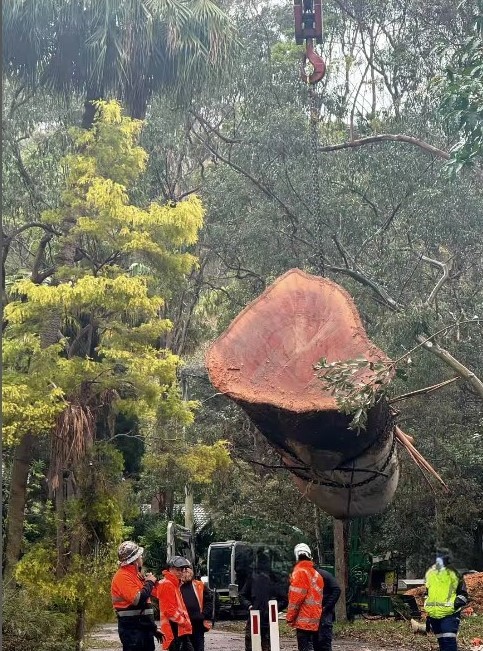
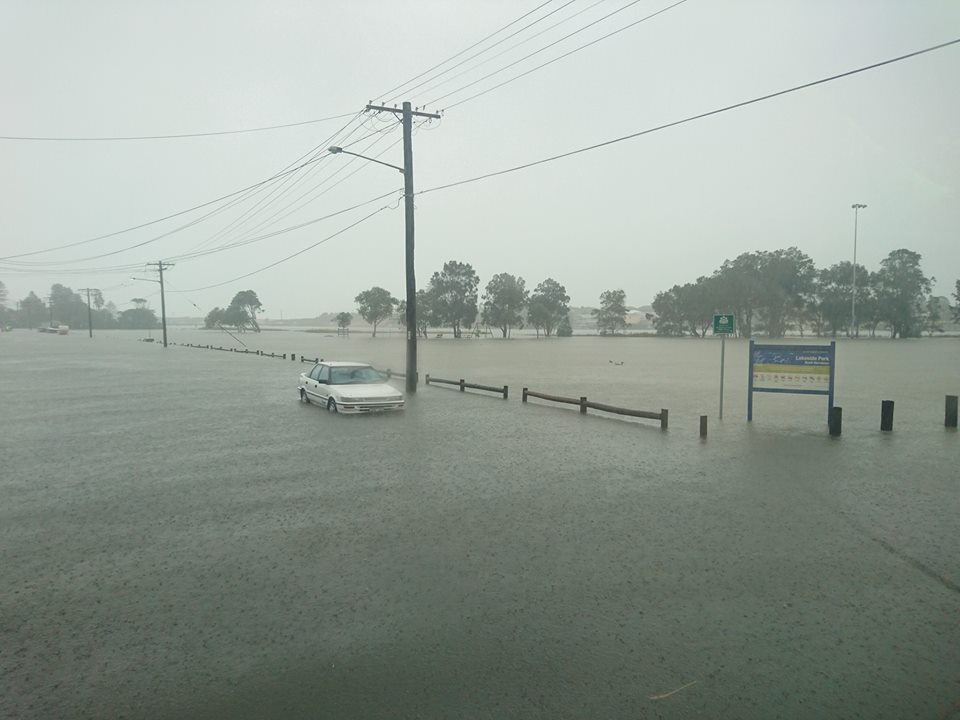
.jpg?timestamp=1765592323370)
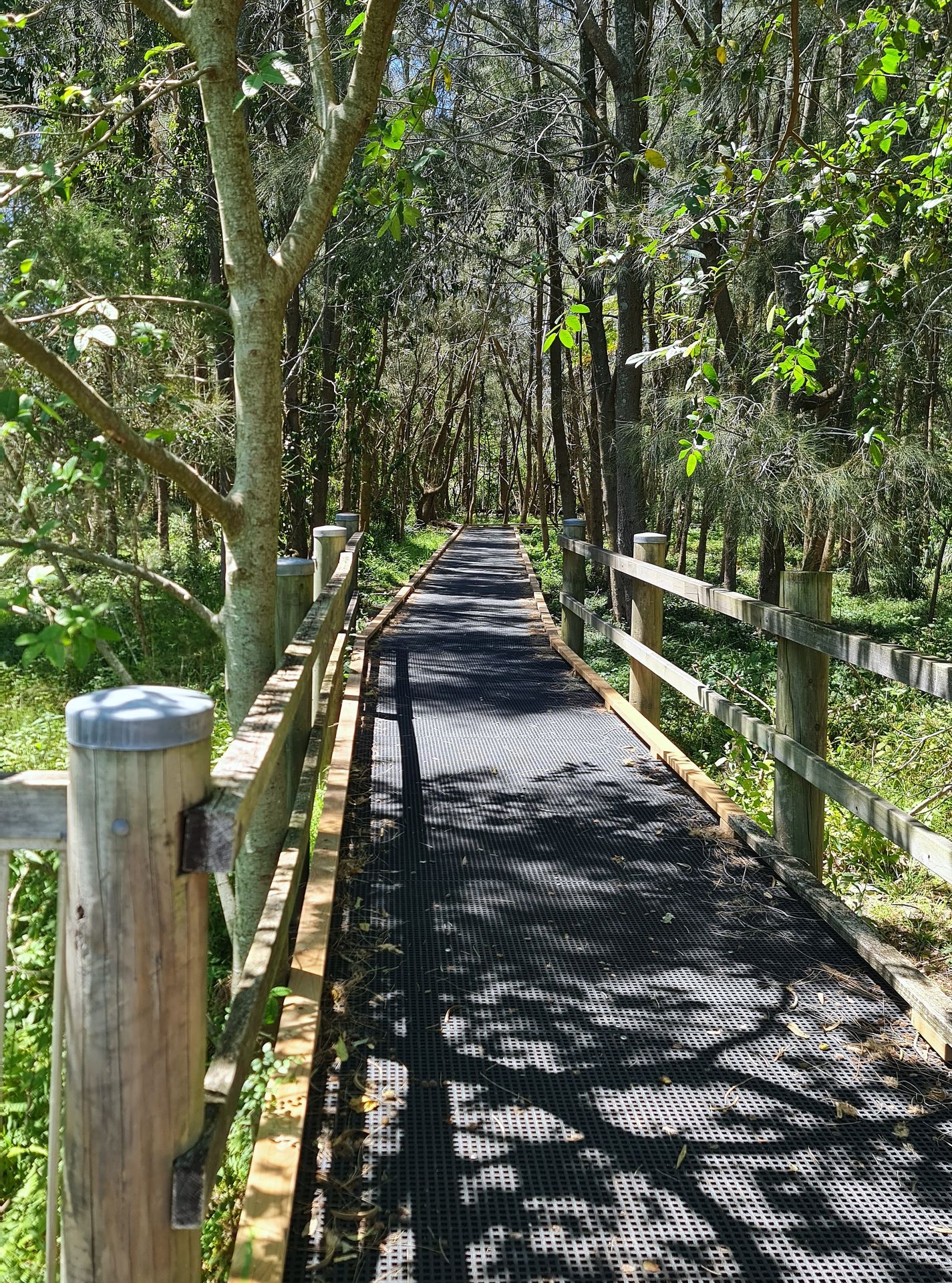
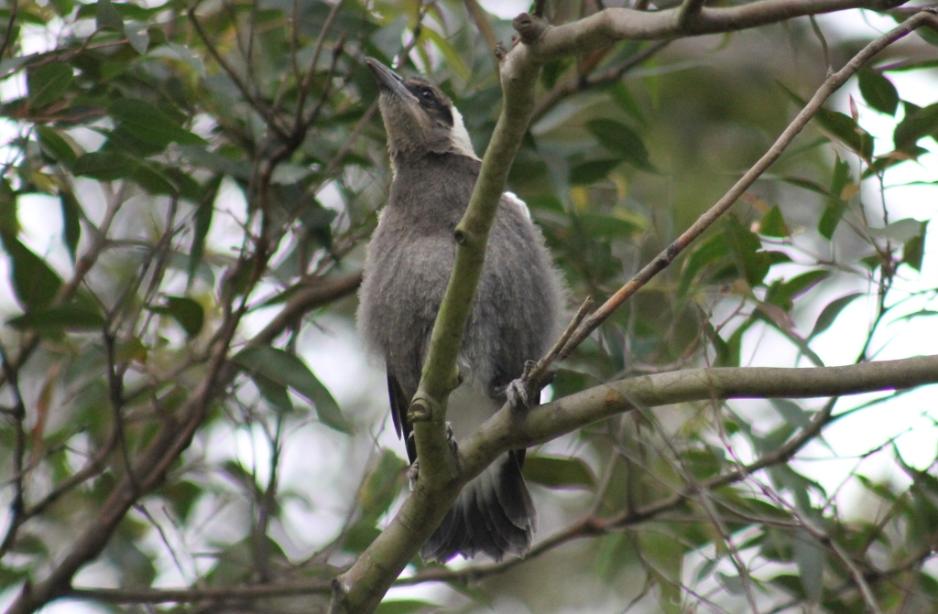
.jpg?timestamp=1764993307704)
.jpg?timestamp=1764991123146)
.jpg?timestamp=1764991332007)
.jpg?timestamp=1764991903407)
.jpg?timestamp=1764992336381)
.jpg?timestamp=1764993446785)
.jpg?timestamp=1764992057606)
.jpg?timestamp=1764992870022)
.jpg?timestamp=1764993858922)
.jpg?timestamp=1764994273755)
.jpg?timestamp=1764990021353)






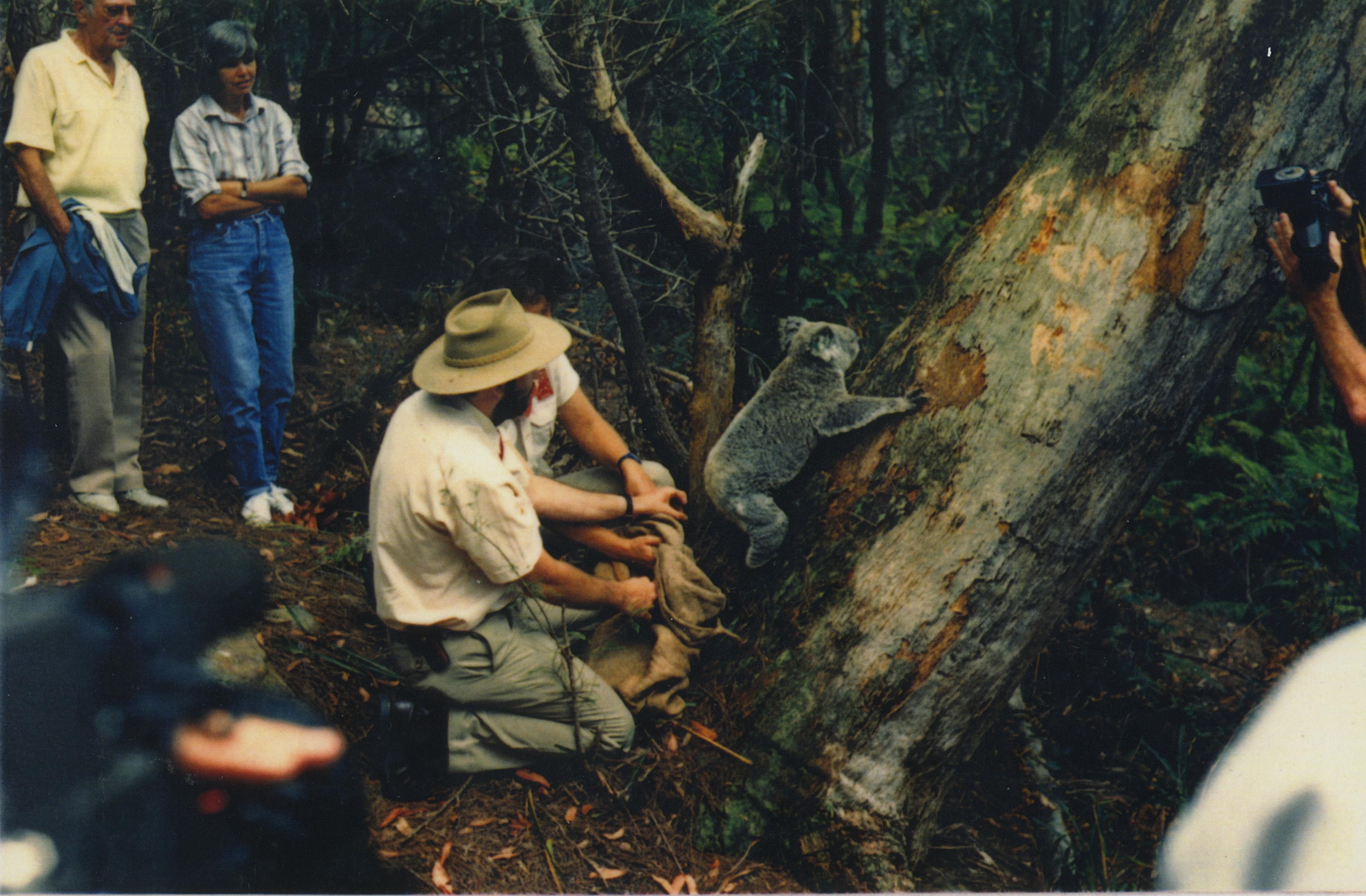
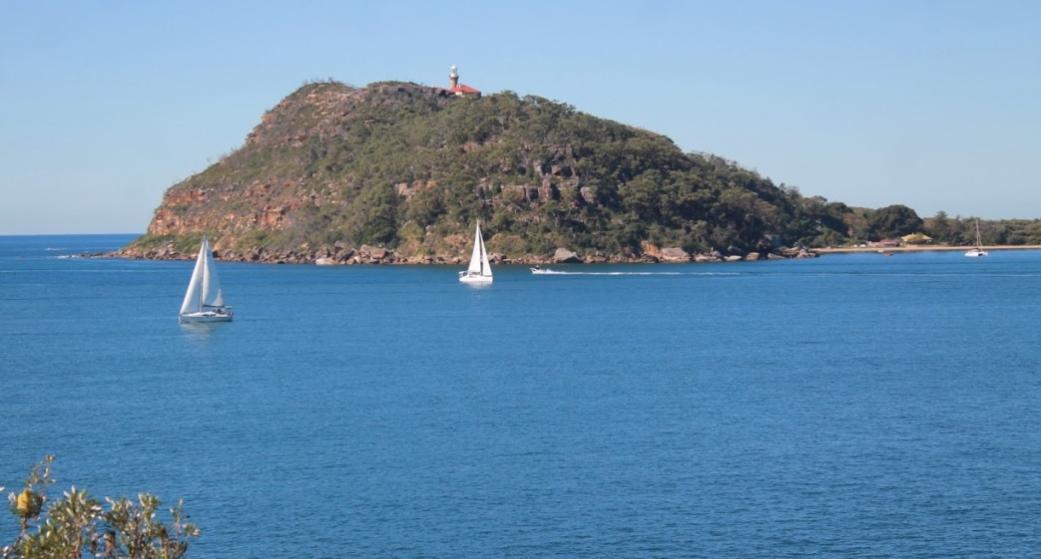




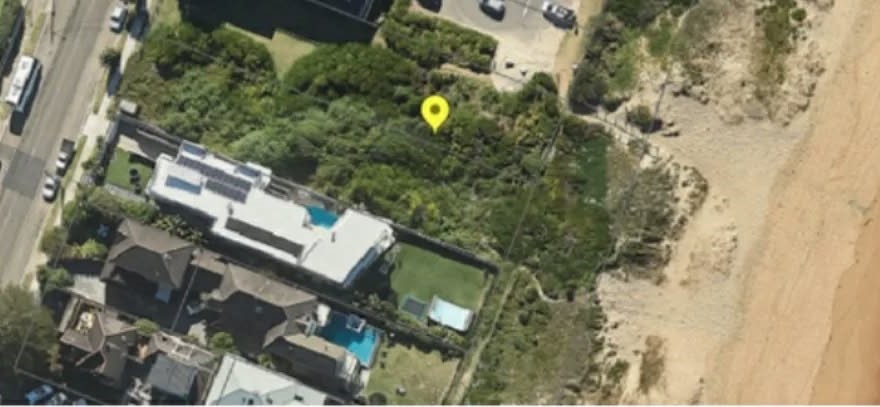
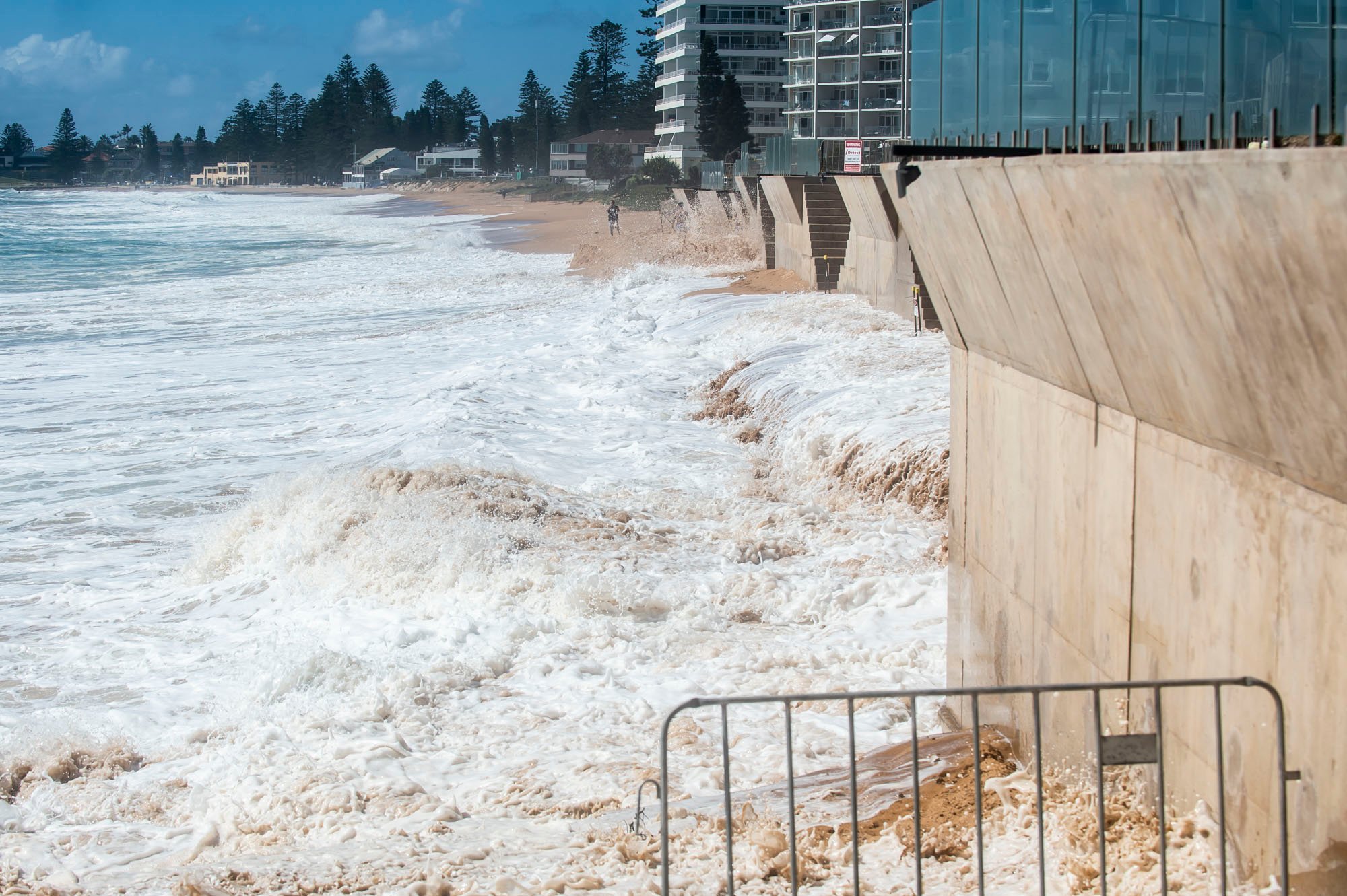
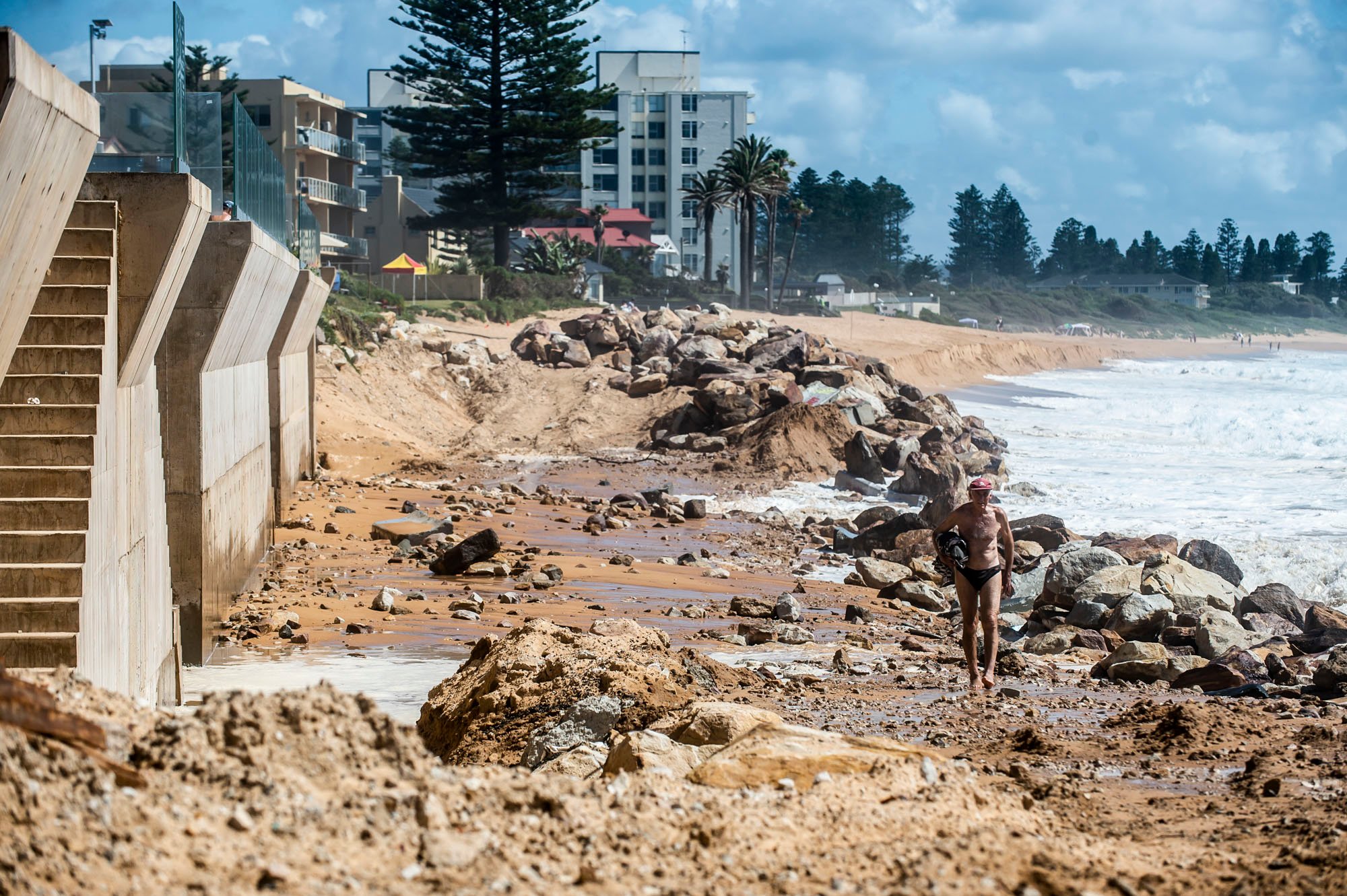



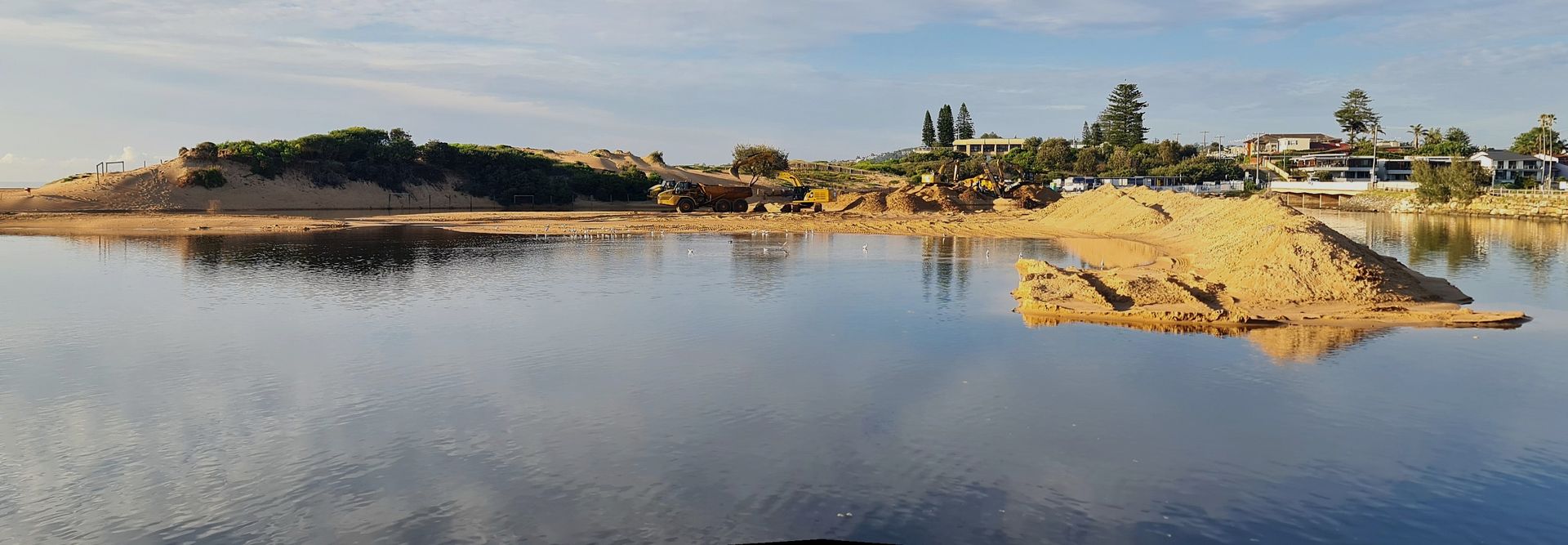
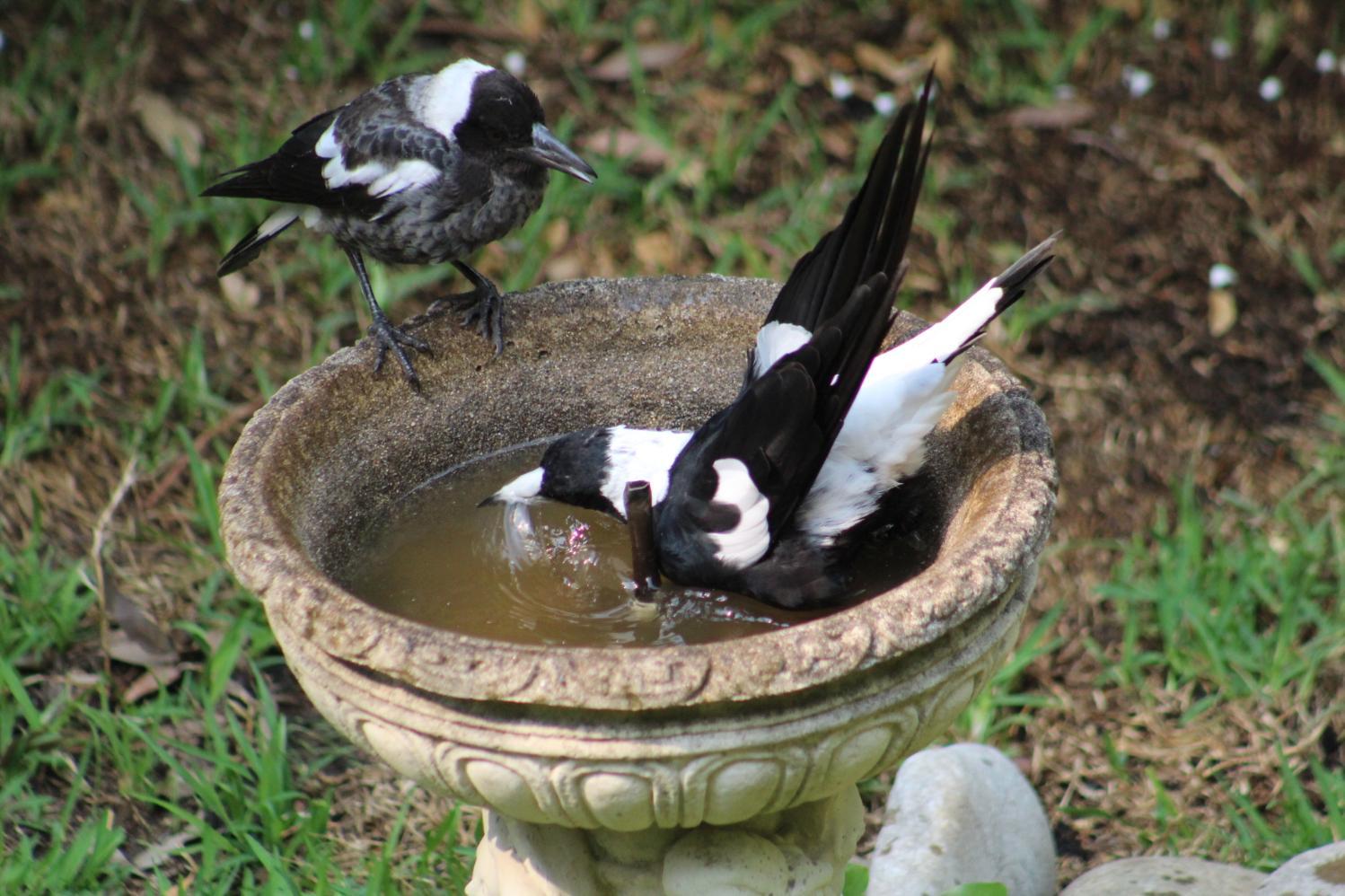
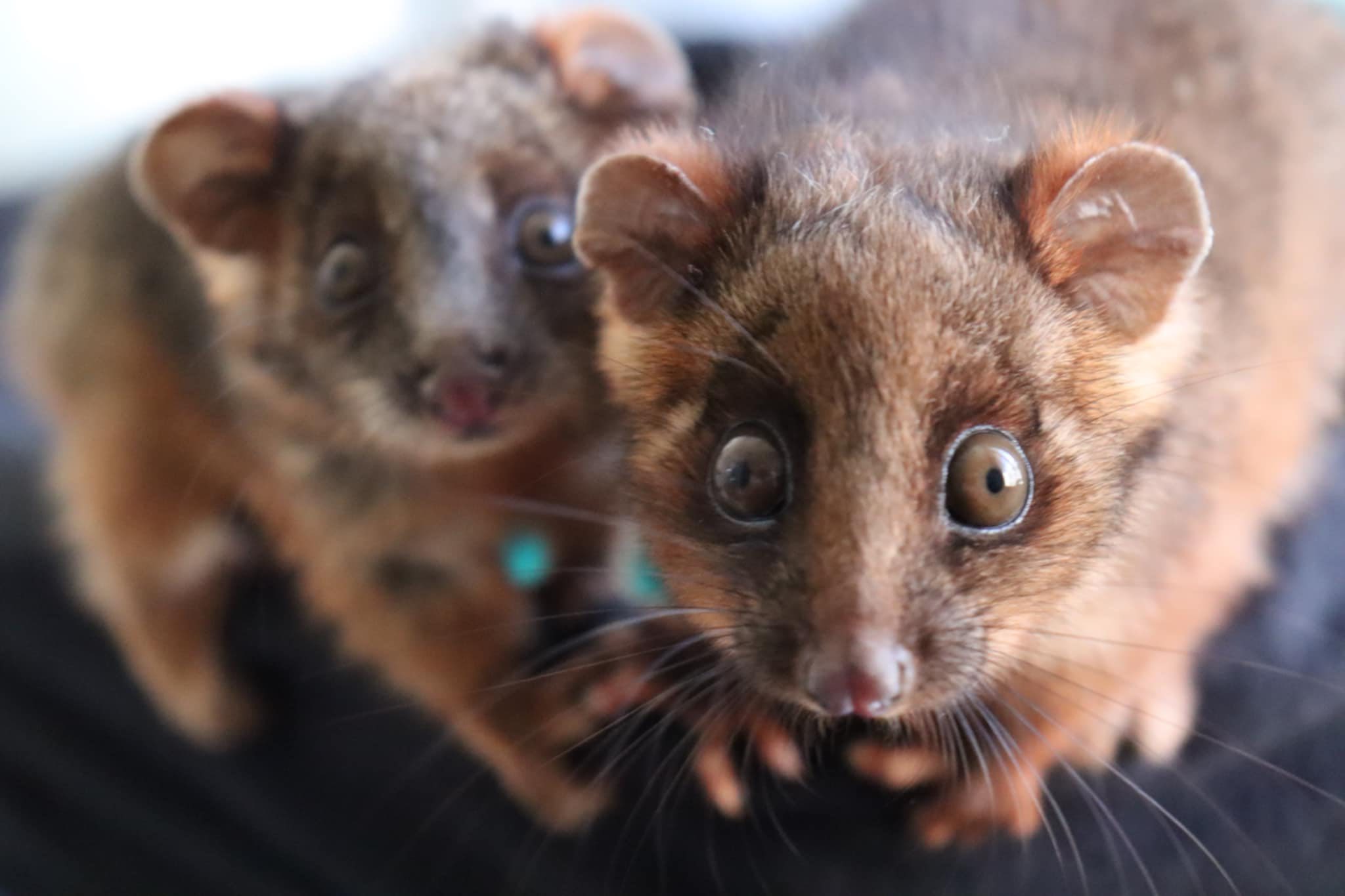
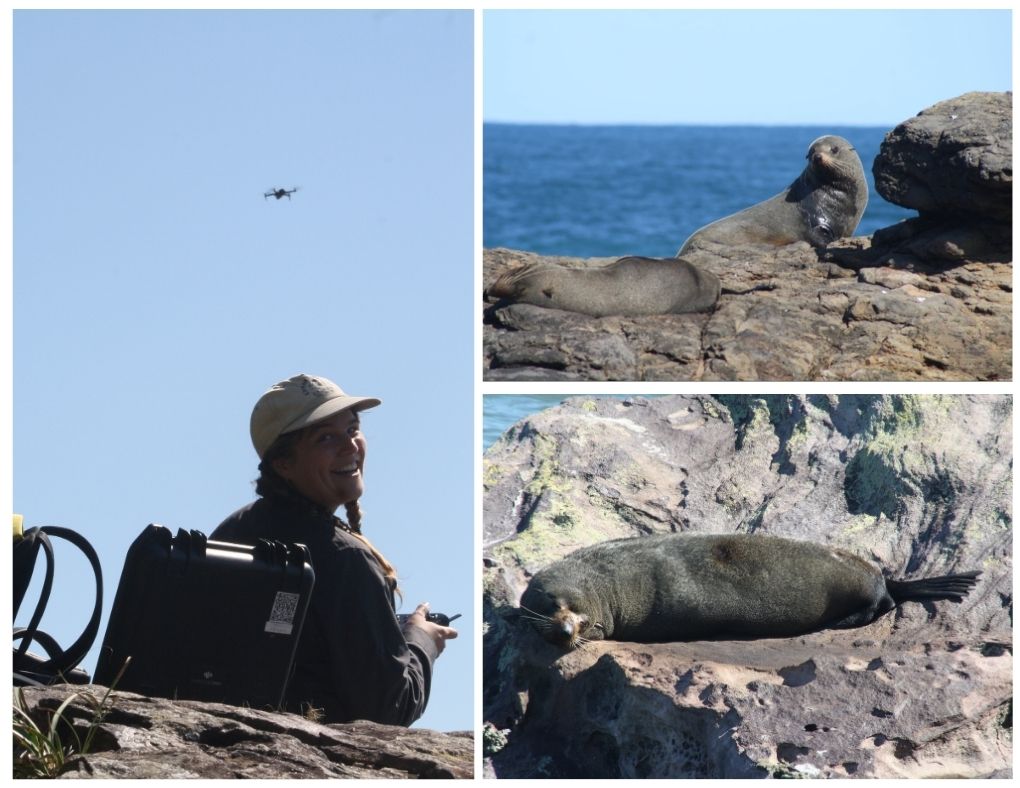
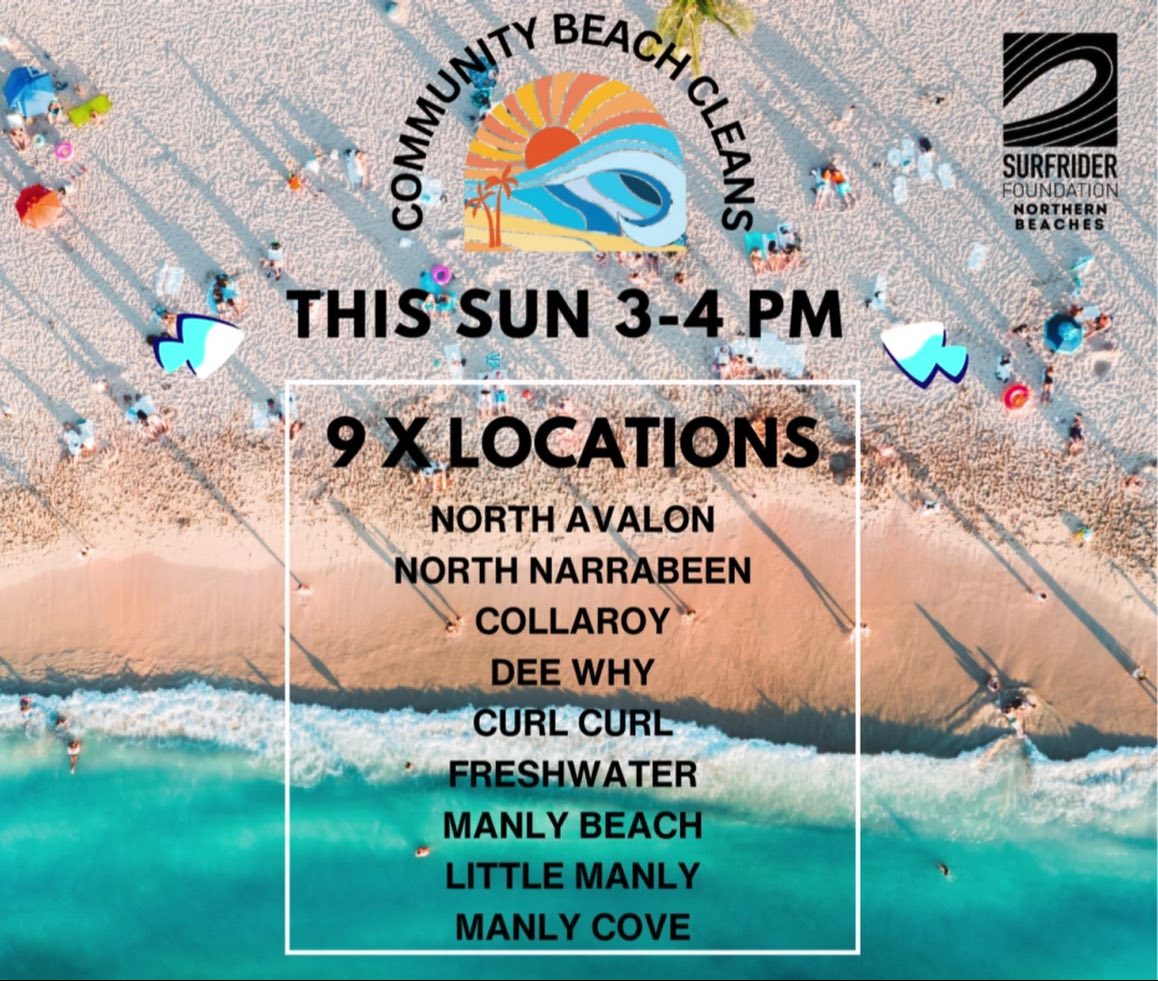
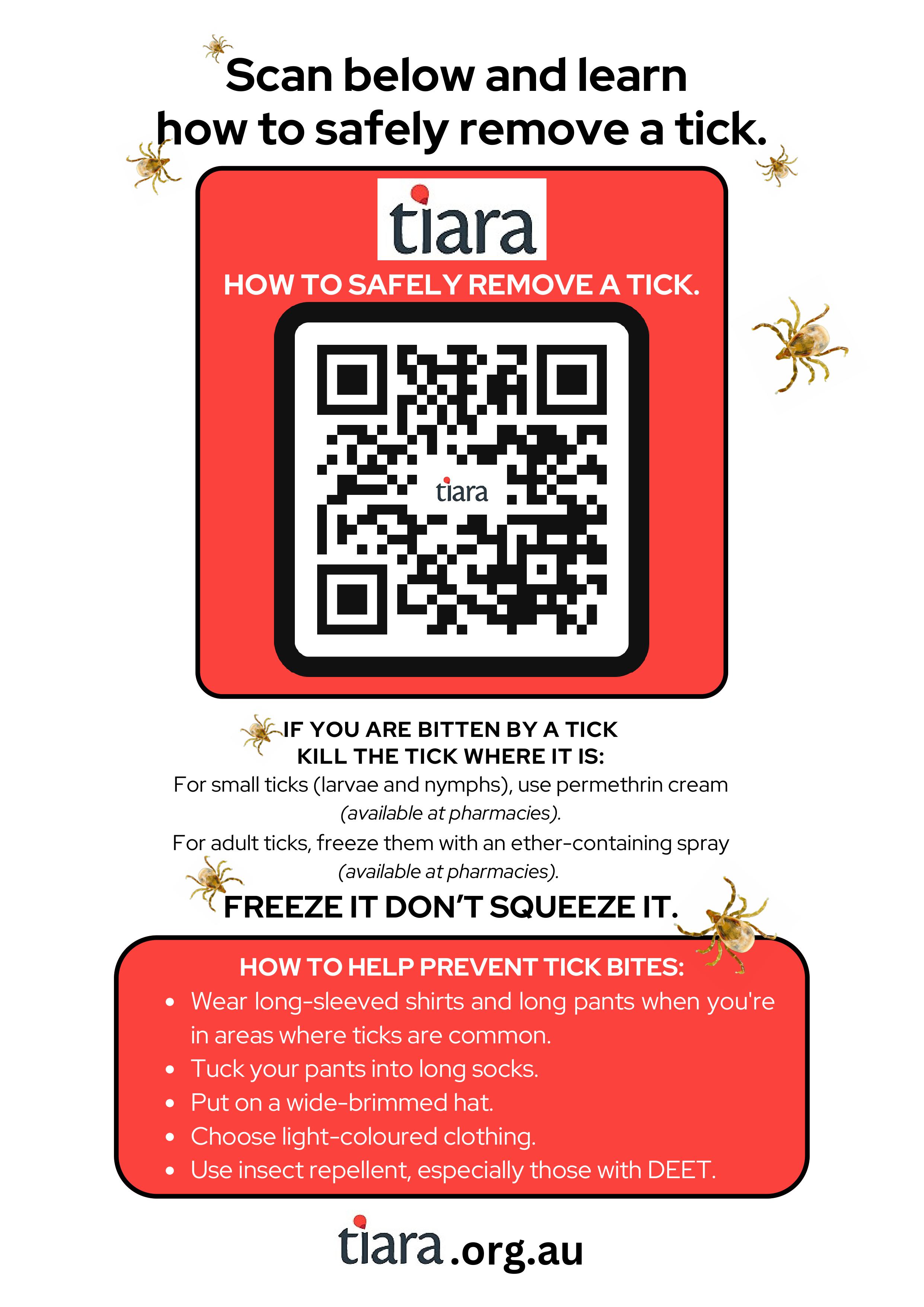



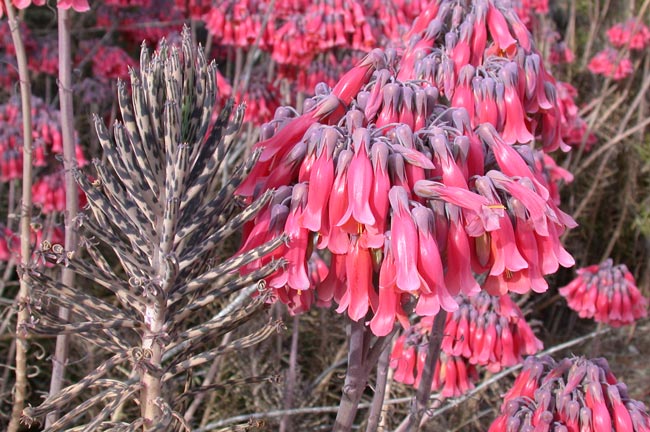
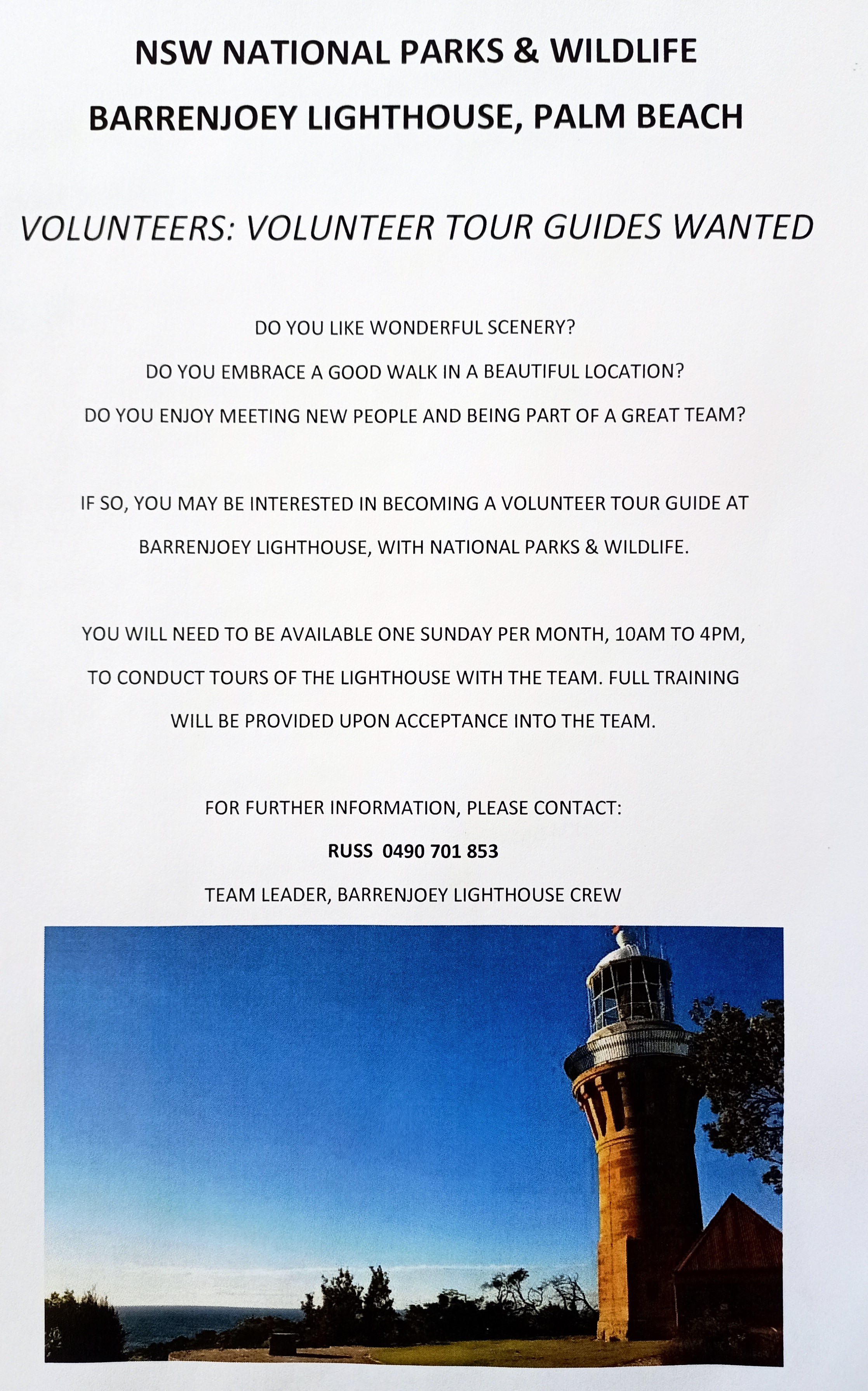

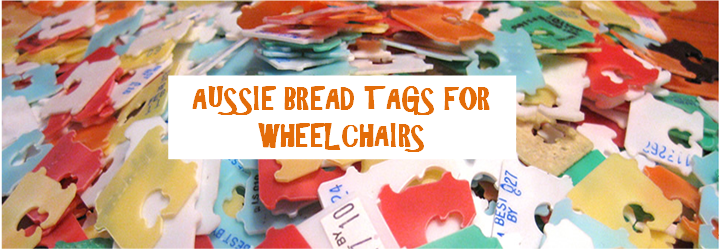
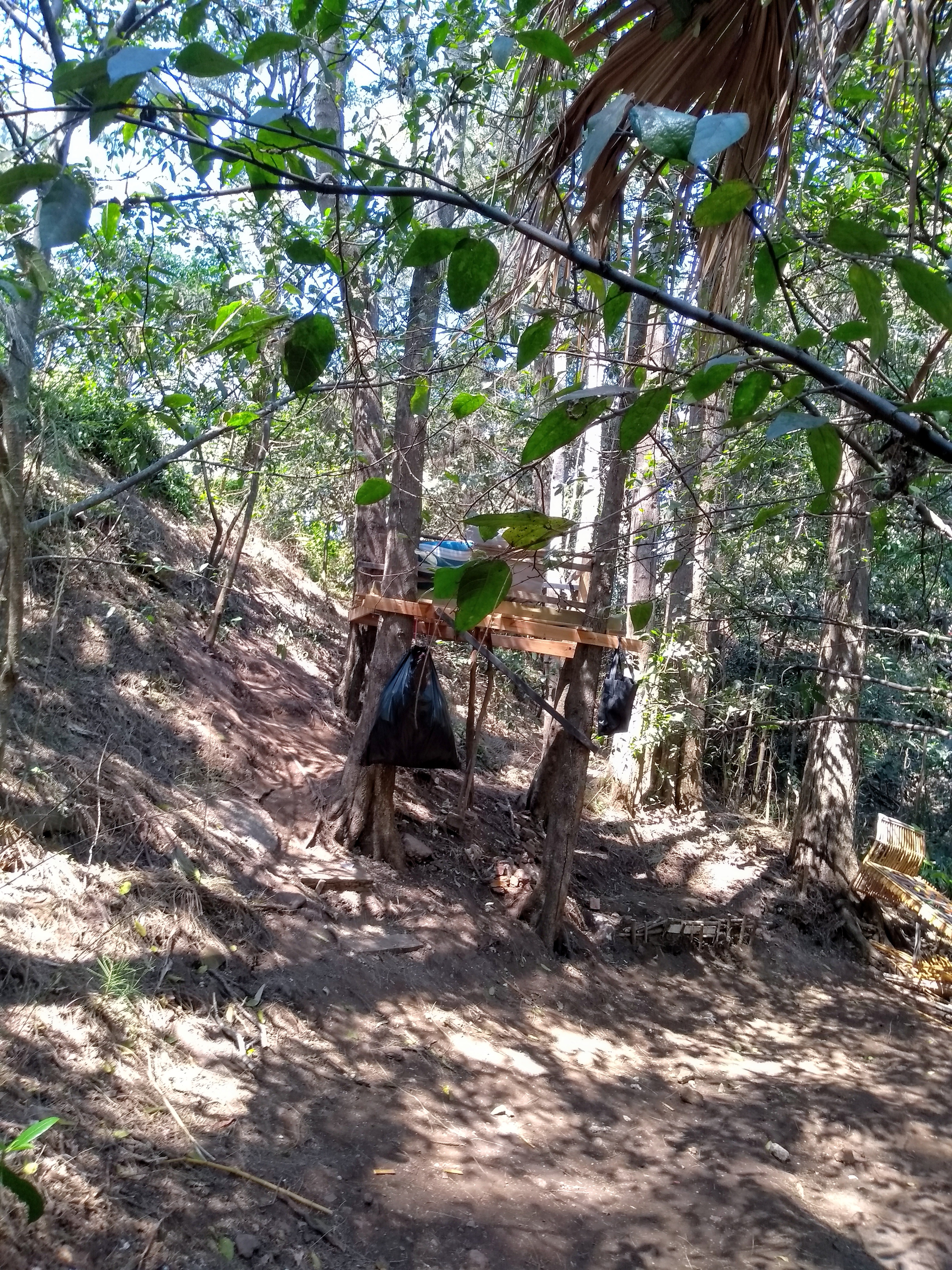
 (1).jpg?timestamp=1675893929686)
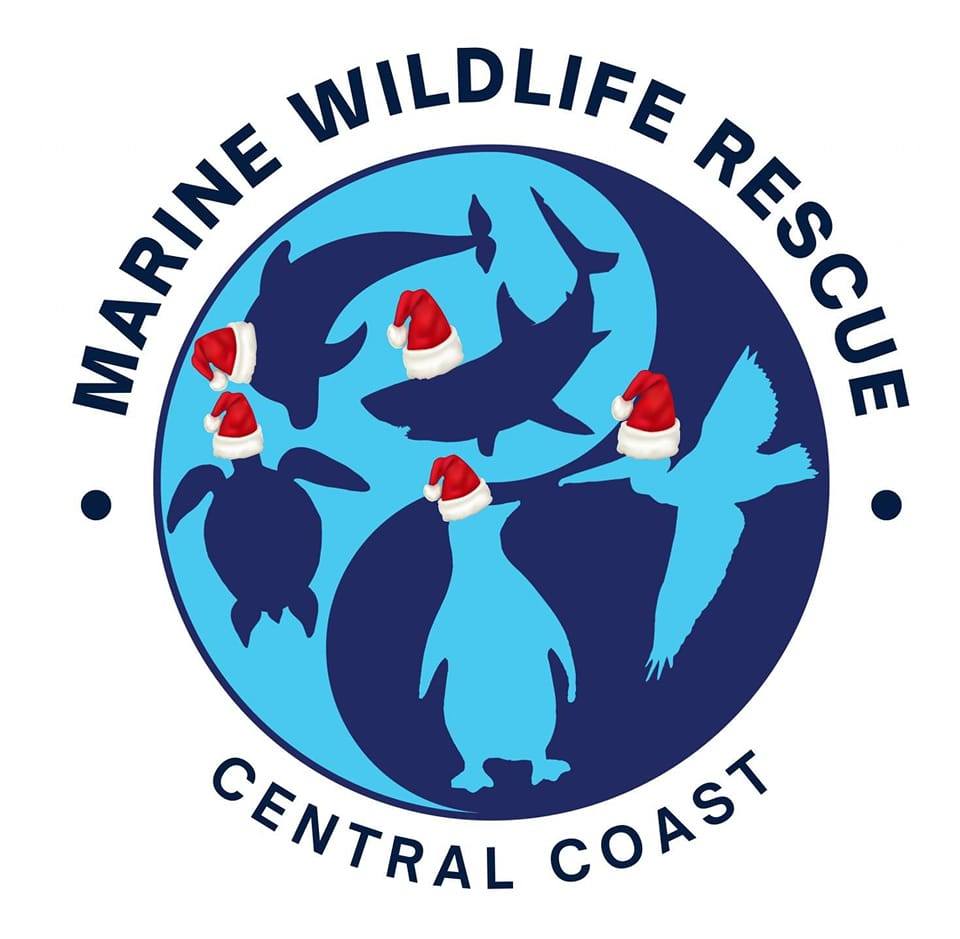
.JPG.opt1460x973o0,0s1460x973.jpg?timestamp=1663629195339)


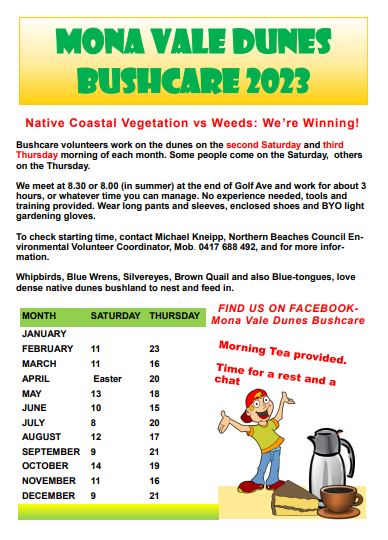

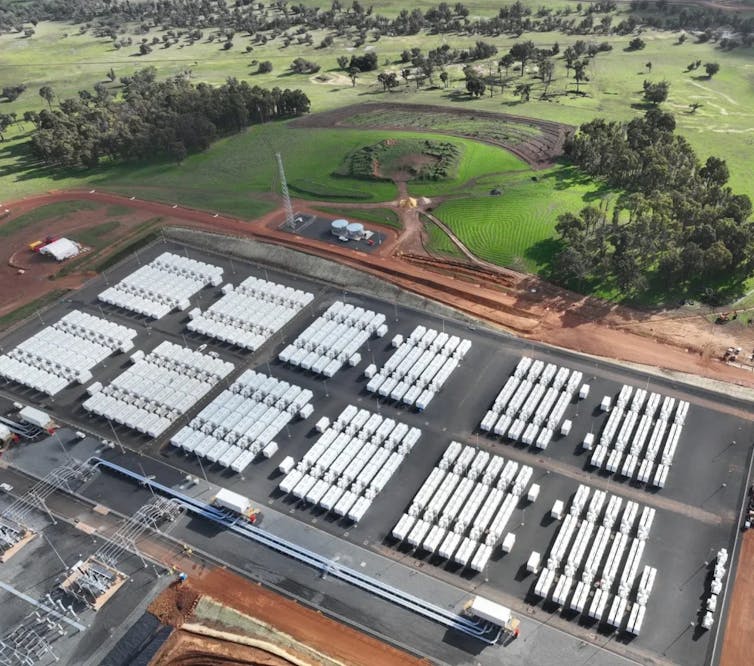




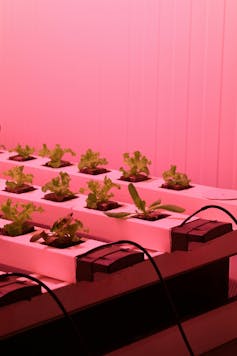

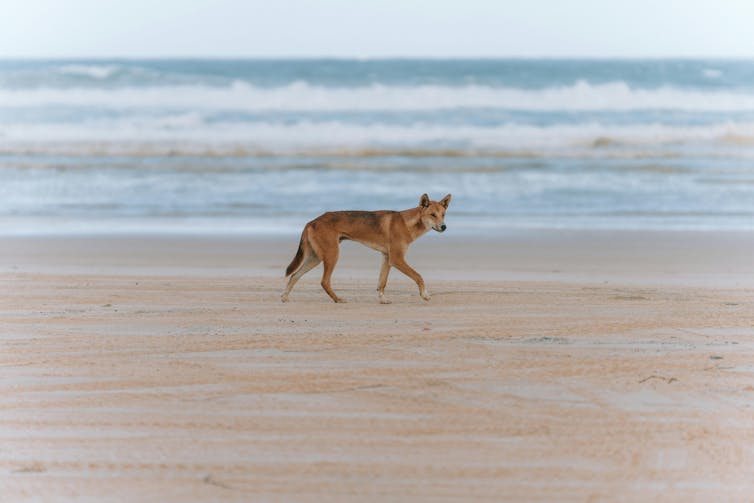
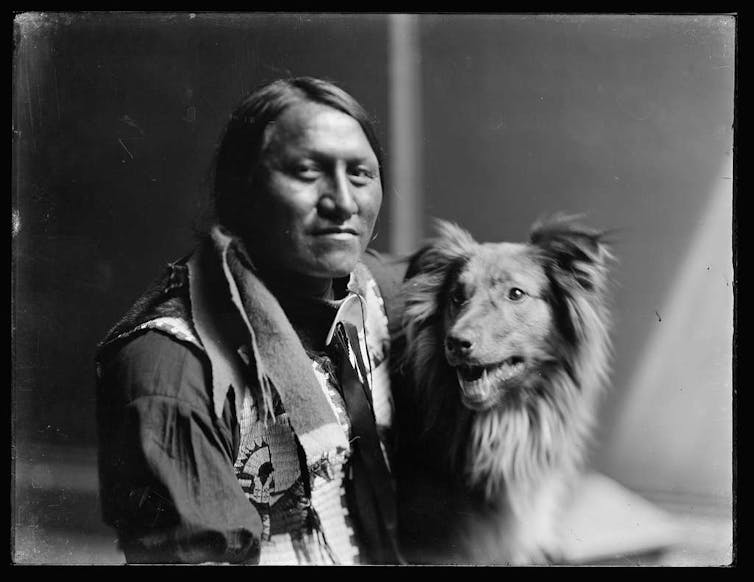
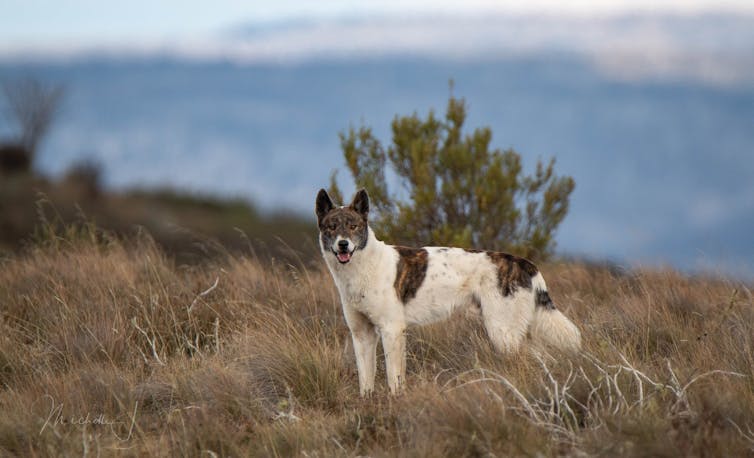
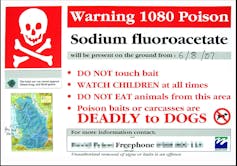

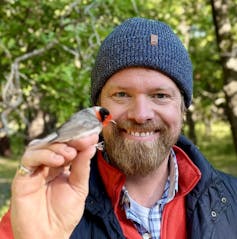
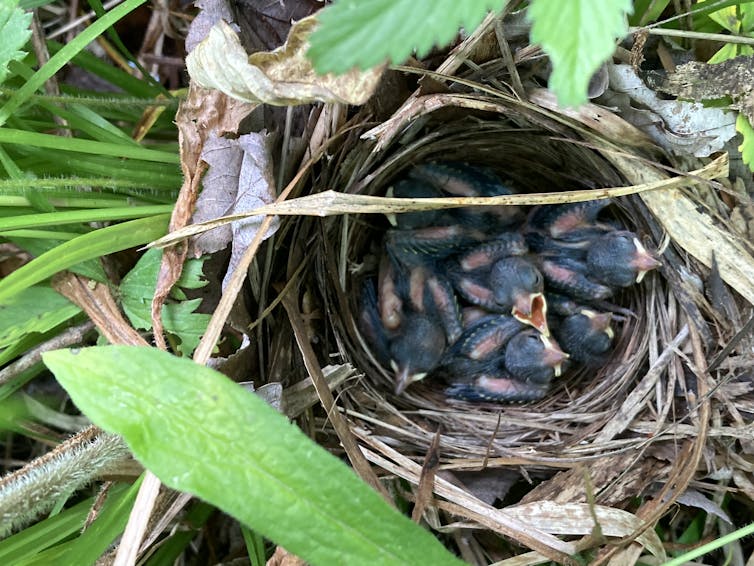




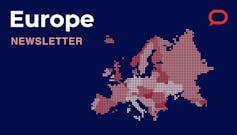





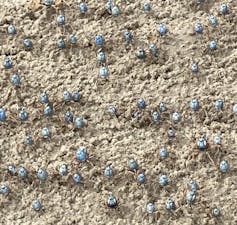
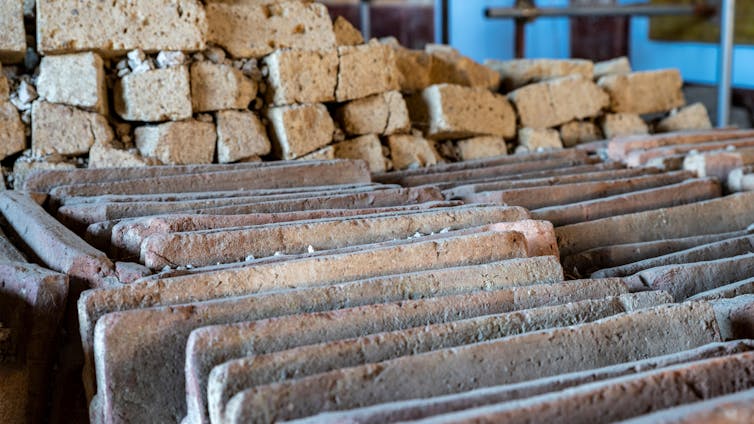
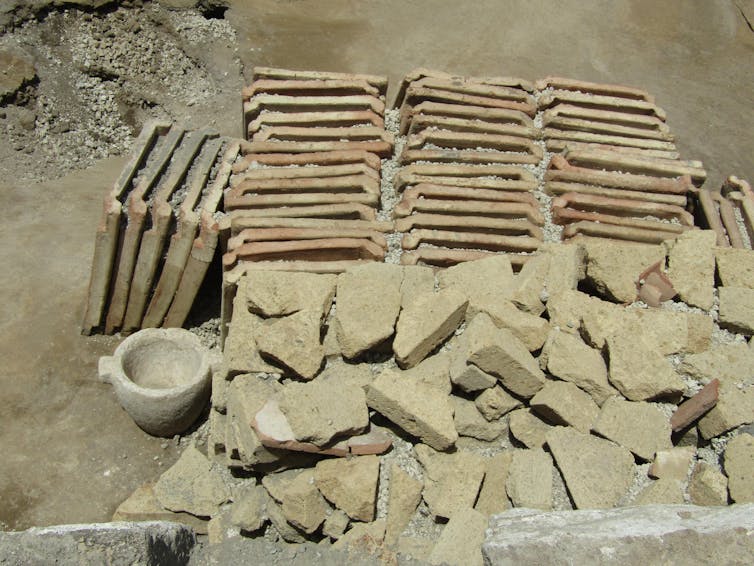

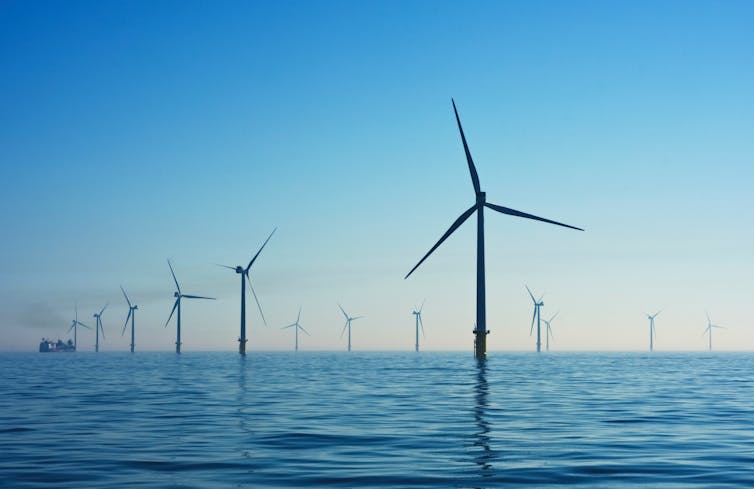
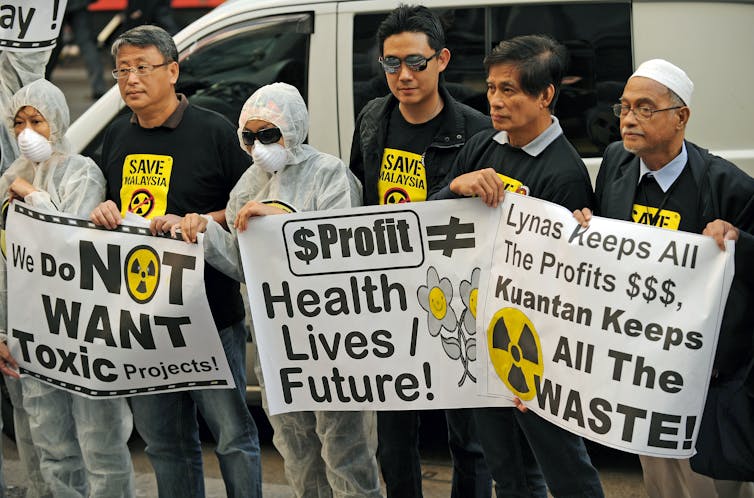

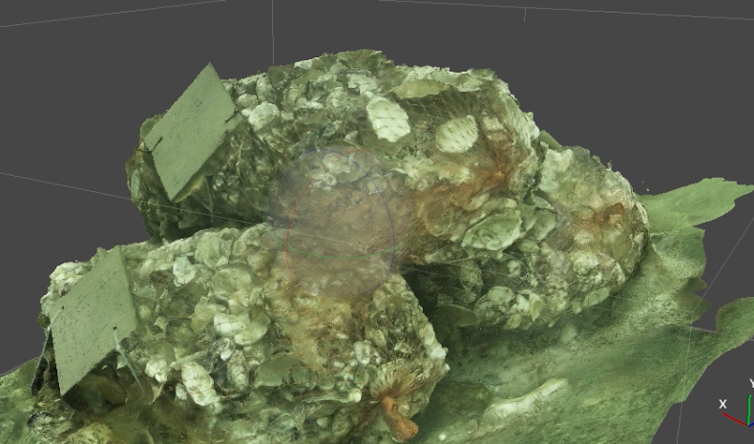
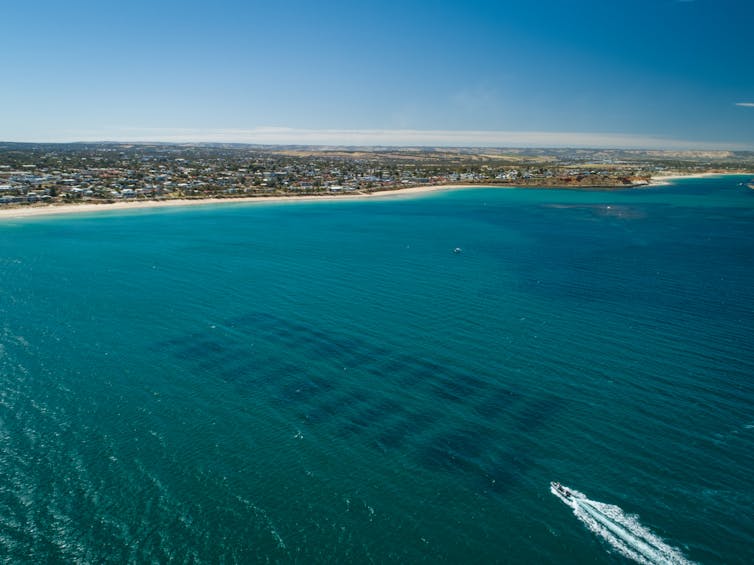
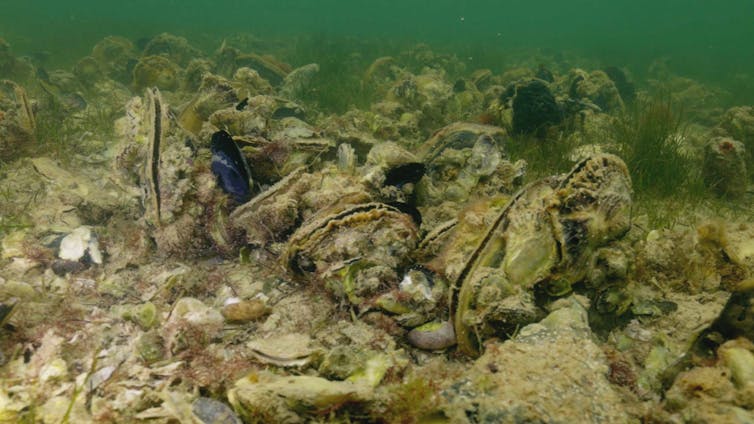

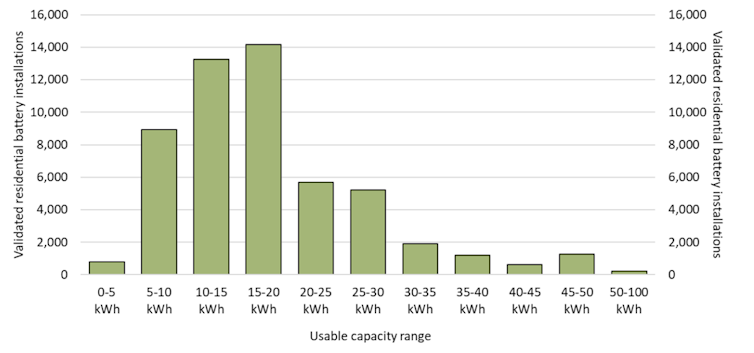
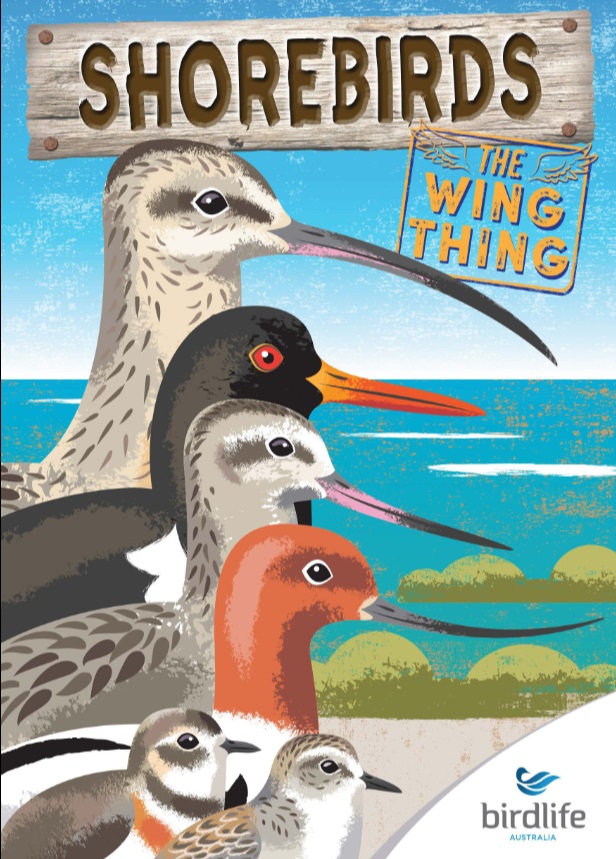
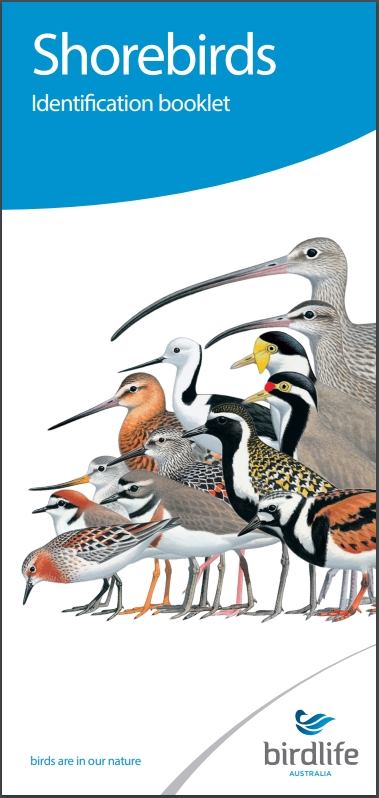 Shorebird Identification Booklet
Shorebird Identification Booklet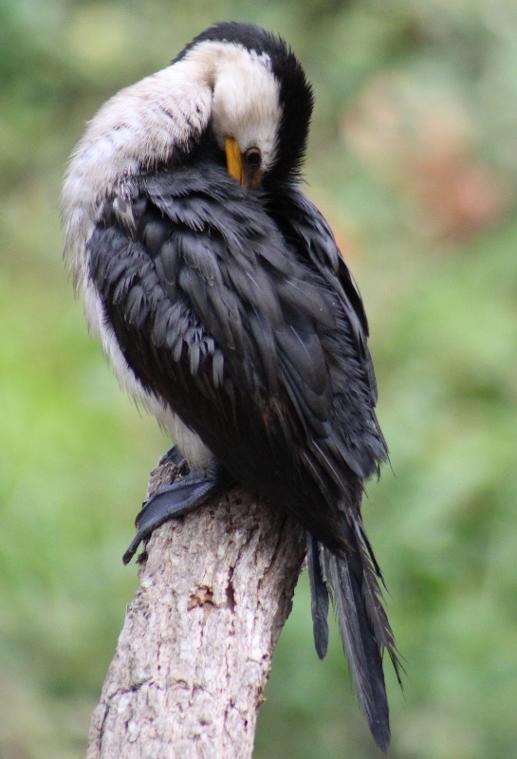
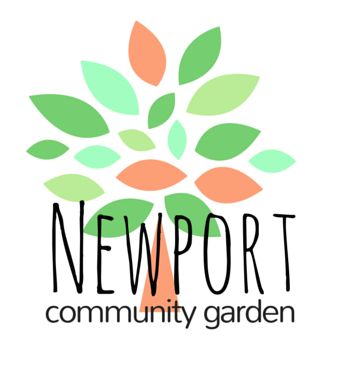
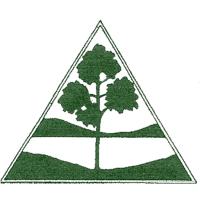 The Avalon Preservation Association, also known as Avalon Preservation Trust. We are a not for profit volunteer community group incorporated under the NSW Associations Act, established 50 years ago. We are committed to protecting your interests – to keeping guard over our natural and built environment throughout the Avalon area.
The Avalon Preservation Association, also known as Avalon Preservation Trust. We are a not for profit volunteer community group incorporated under the NSW Associations Act, established 50 years ago. We are committed to protecting your interests – to keeping guard over our natural and built environment throughout the Avalon area.
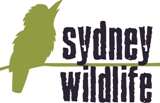 Sydney Wildlife rescues, rehabilitates and releases sick, injured and orphaned native wildlife. From penguins, to possums and parrots, native wildlife of all descriptions passes through the caring hands of Sydney Wildlife rescuers and carers on a daily basis. We provide a genuine 24 hour, 7 day per week emergency advice, rescue and care service.
Sydney Wildlife rescues, rehabilitates and releases sick, injured and orphaned native wildlife. From penguins, to possums and parrots, native wildlife of all descriptions passes through the caring hands of Sydney Wildlife rescuers and carers on a daily basis. We provide a genuine 24 hour, 7 day per week emergency advice, rescue and care service. Southern Cross Wildlife Care was launched over 6 years ago. It is the brainchild of Dr Howard Ralph, the founder and chief veterinarian. SCWC was established solely for the purpose of treating injured, sick and orphaned wildlife. No wild creature in need that passes through our doors is ever rejected.
Southern Cross Wildlife Care was launched over 6 years ago. It is the brainchild of Dr Howard Ralph, the founder and chief veterinarian. SCWC was established solely for the purpose of treating injured, sick and orphaned wildlife. No wild creature in need that passes through our doors is ever rejected. 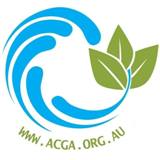 Avalon Community Garden
Avalon Community Garden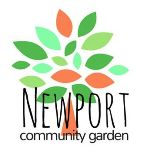
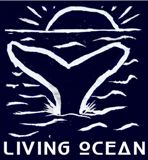 Living Ocean was born in Whale Beach, on the Northern Beaches of Sydney, surrounded by water and set in an area of incredible beauty.
Living Ocean was born in Whale Beach, on the Northern Beaches of Sydney, surrounded by water and set in an area of incredible beauty.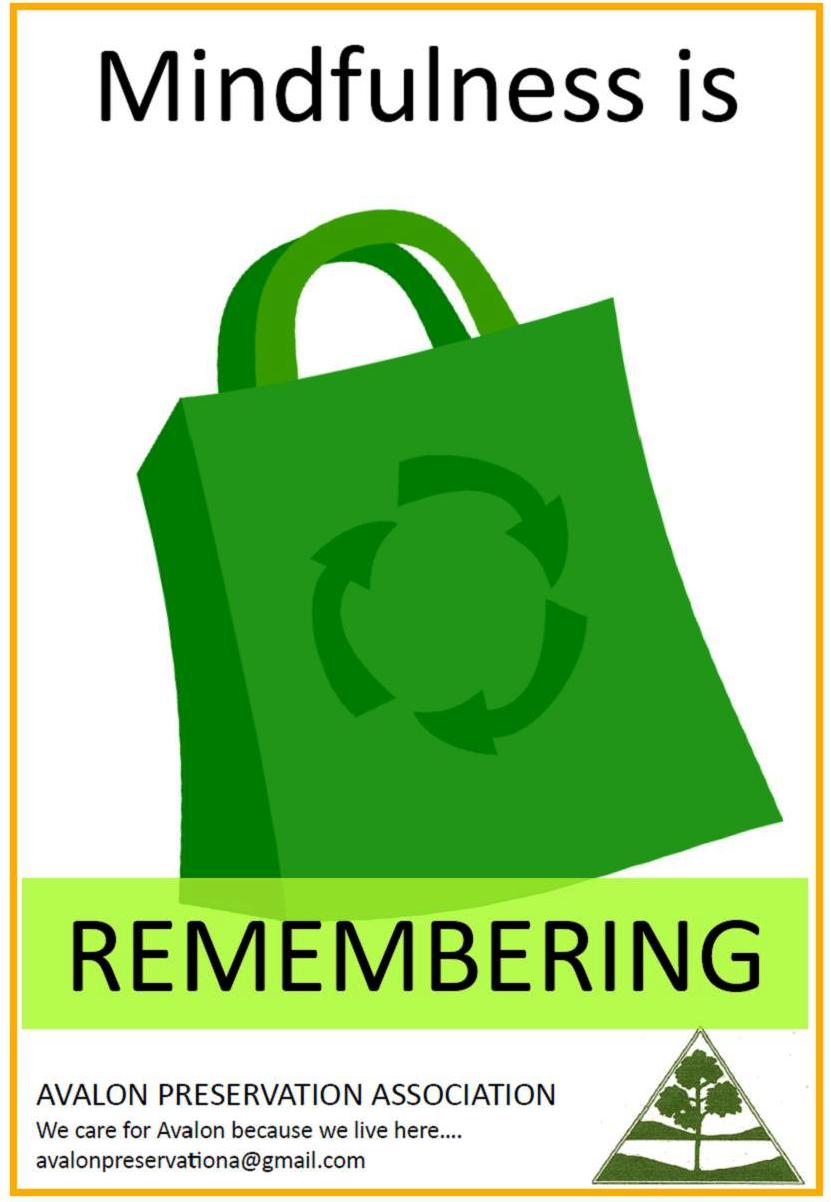
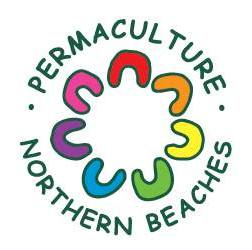 Want to know where your food is coming from?
Want to know where your food is coming from?
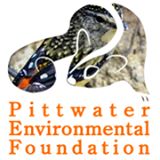 Pittwater Environmental Foundation was established in 2006 to conserve and enhance the natural environment of the Pittwater local government area through the application of tax deductible donations, gifts and bequests. The Directors were appointed by Pittwater Council.
Pittwater Environmental Foundation was established in 2006 to conserve and enhance the natural environment of the Pittwater local government area through the application of tax deductible donations, gifts and bequests. The Directors were appointed by Pittwater Council. 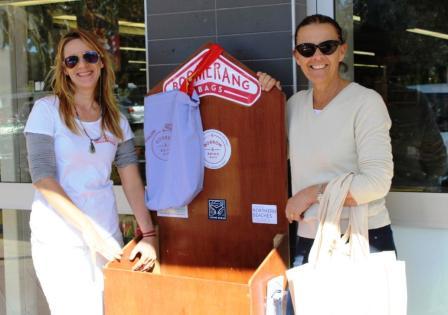
 "I bind myself today to the power of Heaven, the light of the sun, the brightness of the moon, the splendour of fire, the flashing of lightning, the swiftness of wind, the depth of the sea, the stability of the earth, the compactness of rocks." - from the Prayer of Saint Patrick
"I bind myself today to the power of Heaven, the light of the sun, the brightness of the moon, the splendour of fire, the flashing of lightning, the swiftness of wind, the depth of the sea, the stability of the earth, the compactness of rocks." - from the Prayer of Saint Patrick